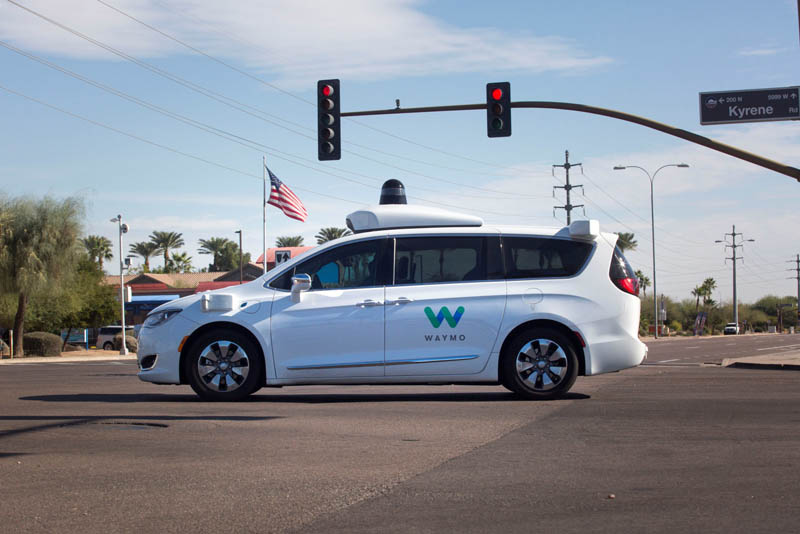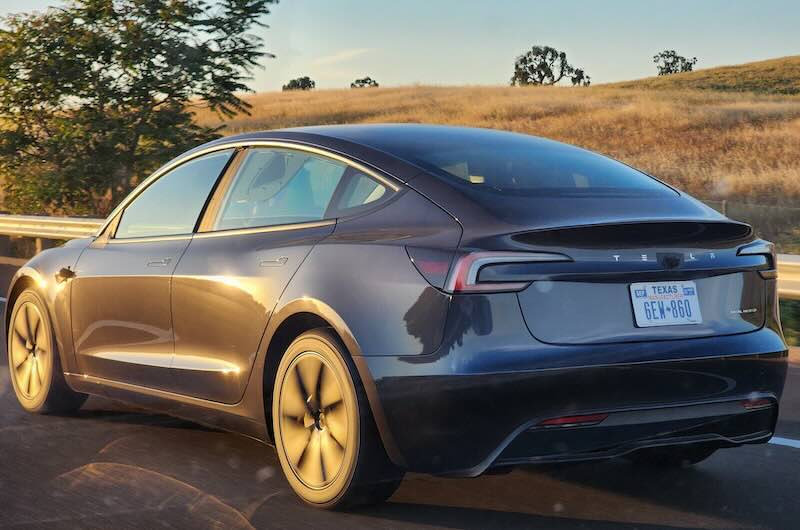Tesla’s upcoming Robotaxi announcement has reignited interest in autonomous vehicles, prompting discussions about the future of transportation and artificial intelligence. As the industry evolves, it’s crucial to examine the potential impact and challenges of this technology.
It’s the hot topic that’s got everyone from cab drivers to economists breaking out in a cold sweat. But hold your horses, folks! This whole hullabaloo might be a tad premature.
Sure, autonomous driving tech has come leaps and bounds, but it’s still cutting its teeth in the real world. According to the “crossing the chasm” theory, robotaxis are still hanging out in the “innovators” sandbox of the ride-hailing playground.
Even urban Navigate on Autopilot (NoA) has only recently graduated from the innovator clique to the early adopter gang. Both technologies are still trying to work up the courage to cross that daunting chasm. Will they make the leap? Only time will tell.
When it comes to cracking the autonomous driving nut, it’s best to steer clear of extreme pessimism or optimism. Instead, why not take a page out of the tortoise’s book? Slow and steady wins the race, after all. Ignoring the short-term noise and focusing on long-term value is the way to go. It’s like training for a marathon – you’ve got to stay committed and keep your eye on the finish line.
Techie Showdown: Lidar vs. Pure Vision
Now, let’s dive into the nitty-gritty of the robotaxi world. The industry’s split between two camps: the direct L4 approach and the gradual approach, here’s a reviews article: (Beyond Lidar: How Tesla Vision-only E2E and MobilEye Radar Are Reshaping Autonomous Driving). It’s like the age-old debate of whether to rip off the Band-Aid quickly or peel it off slowly.
This divide has sparked heated discussions about lidar versus pure vision and modular versus end-to-end approaches. Here’s the kicker, real difference isn’t in the tech itself, but in the commercial path each company chooses to tread.
The Robotaxi Race: Waymo vs. Tesla
Picture this: Waymo and Tesla are two sprinters on the starting block, both eyeing the same finish line – global full autonomy. But they’ve got very different race strategies.
Waymo’s taking the “perfect your technique before going global” approach. They’re aiming to nail autonomy in select cities like San Francisco and Phoenix before expanding their reach, (June 25, anyone can hail an autonomous ride with Waymo in San Francisco). It’s like perfecting your soufflé recipe before opening a restaurant chain.

XPeng Chief Takes Tesla and Waymo for a Spin: The Race for Autonomous Driving Heats Up
Tesla, on the other hand, is going for the “sell globally, automate later” strategy. They’re flooding the market with their cars and then working on making them autonomous. It’s like opening restaurants worldwide and then gradually upgrading the menu.
At the end of the day, users don’t give two hoots about fancy tech jargon. They’re not losing sleep over whether it’s autonomous driving or ChatGPT behind the wheel. Sure, they might shell out a few extra bucks for the novelty factor at first, but in the long run, it’s all about the experience and bang for their buck.
So, can robotaxis outshine traditional ride-hailing services in terms of experience and cost in the short term? Probably not. But what if this process takes its sweet time?
Here’s the thing about ride-hailing – it’s all about network effects. It’s like a bustling party – the more people show up, the more fun it becomes. When both drivers and users are in abundance, this network effect causes a significant aggregation at the top. Supply and demand get sucked into the platform like a black hole, making it tough for newcomers to gain traction.
This means that whether your taxi is “robo” or not, achieving these network effects is crucial. It’s like trying to make fetch happen – it won’t work unless everyone’s on board.
As we cruise into the future, the robotaxi industry faces both exciting opportunities and daunting challenges. The technology is advancing at breakneck speed, but regulatory hurdles and public acceptance remain significant roadblocks.
Moreover, the competition is heating up. With tech giants and traditional automakers alike throwing their hats into the ring, the race to dominate the robotaxi market is becoming increasingly intense.
Related Post
Baidu IDG Chief R&D Architect Wang Liang on Tesla FSD V12 and LiDAR vs Vision
Tesla Robotaxi Revolution: The Skype of Transportation or Just Another Pipe Dream?
